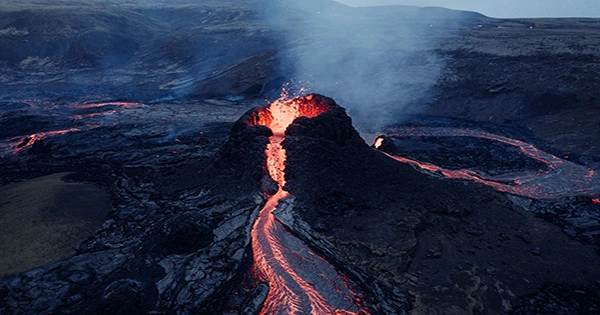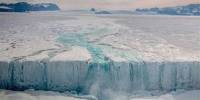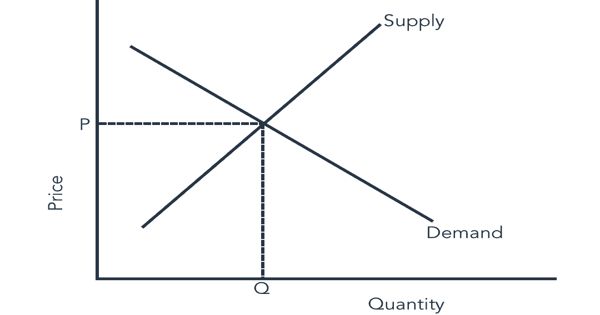in Los Angeles, The most active volcano in the world, Mauna Loa in Hawaii, has erupted for the first time in almost 40 years, according to US authorities, who announced the eruption early on Monday.
The United States Geological Survey (USGS) reported at 11:45 pm local time on Sunday (9:45 pm GMT Monday), about 15 minutes after the eruption inside Hawaii Volcanoes National Park, that flows of lava remained “contained” within the summit caldera of Mauna Loa but that the eruption could pose a threat to nearby residents should conditions change.
The USGS stated on its website that “at this time, lava flows are restricted within the summit area and are not endangering downslope communities,” adding that locals in the vicinity should assess preparedness measures.
The USGS warns that lava flows might proceed quickly downslope if the eruptive vents migrate outside the caldera’s walls, where the eruption on the main island of the isolated US state in the Pacific is still contained.
Lava does appear to have flowed outside the caldera, but for the time being, the eruptive vents are still contained within the caldera, the USGS volcano monitoring office tweeted hours later on Monday morning.
The organization stated that the Hawaiian Volcano Observatory was speaking with emergency responders and that its staff would conduct an aircraft flyover over the 13,674-foot (4,168-meter) volcano as soon as practical.
Despite the summit area and a number of nearby highways being closed, Hawaii’s authorities said that no evacuation orders had been issued.
Long, incandescent eruptive fissures within the volcanic crater were seen on a USGS webcam on the summit’s northern rim, standing out against the nighttime darkness.
The most recent eruption, which happened in 1984, lasted 22 days and resulted in lava flows that came within seven kilometers (four miles) of Hilo, a city that now has a population of roughly 44,000.
















